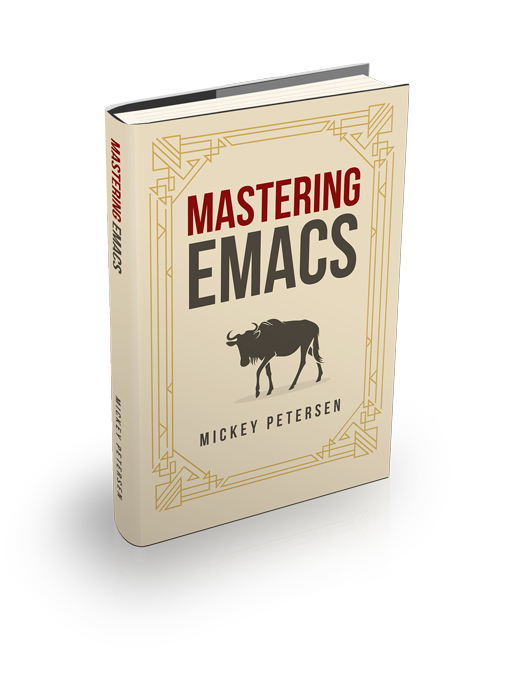This is a frequent question so I figured I’d mention the solution here:
You want to remove all empty (blank) lines from a buffer. How do you do it? Well, it’s super easy.
Mark what you want to change (or use C-x h to mark the whole buffer) and run this:
M-x flush-lines RET ^$ RETAnd you’re done. So what does that mean? Well, M-x flush-lines will flush (remove) lines that match a regular expression, and ^$ contain the meta-characters ^ for beginning of string and $ for end of string. Ergo, if the two meta-characters are next to eachother, it must be a blank line.
We can also generalize it further and remove lines that may have whitespace (only!) characters:
M-x flush-lines RET ^\s-*$ RETIn this case \s- is the syntax class (type C-h s to see your buffer’s syntax table) for whitespace characters. The * meta-character, in case you are not a regexp person, means zero or more of the preceding character.
Update – Pete Wilson asks: “How do you collapse multiple lines into one blank line?”.
That’s a bit harder, mostly because flush-lines only works well on whole, single lines. For multi-line processing you have two choices: you can abuse regexp, or you can use a macro. It’s fairly easy to do it with regexp in this case, but for more complex data-scrubbing I would use a macro; nevertheless, I will do it both ways*.
*I’m pretty sure my macro/regexp examples are general enough to work in all cases; but let me know if they aren’t
For the regexp approach I will use C-M-% (query-replace-regexp) and because I have to use a literal newline character I will use Emacs’s quoted-insert command, bound to C-q. So to insert a newline, you would type C-q C-j.
The ^J represents the literal newline or line feed character (see ASCII Control Characters on Wikipedia for more information).
So the text we want to search for looks like this:
Search For: ^^J\{2,\}
Replace With: ^JSo how does it work? Well, we tell Emacs to search for any two or more newlines that are at the beginning of a string – where each line is considered a string by Emacs – and because we search for two or more we skip the ones that only have a single newline. So if there are 10 newlines in a row, we replace them all in one fell swoop with a single newline. You can omit the replacement newline to remove them altogether!


